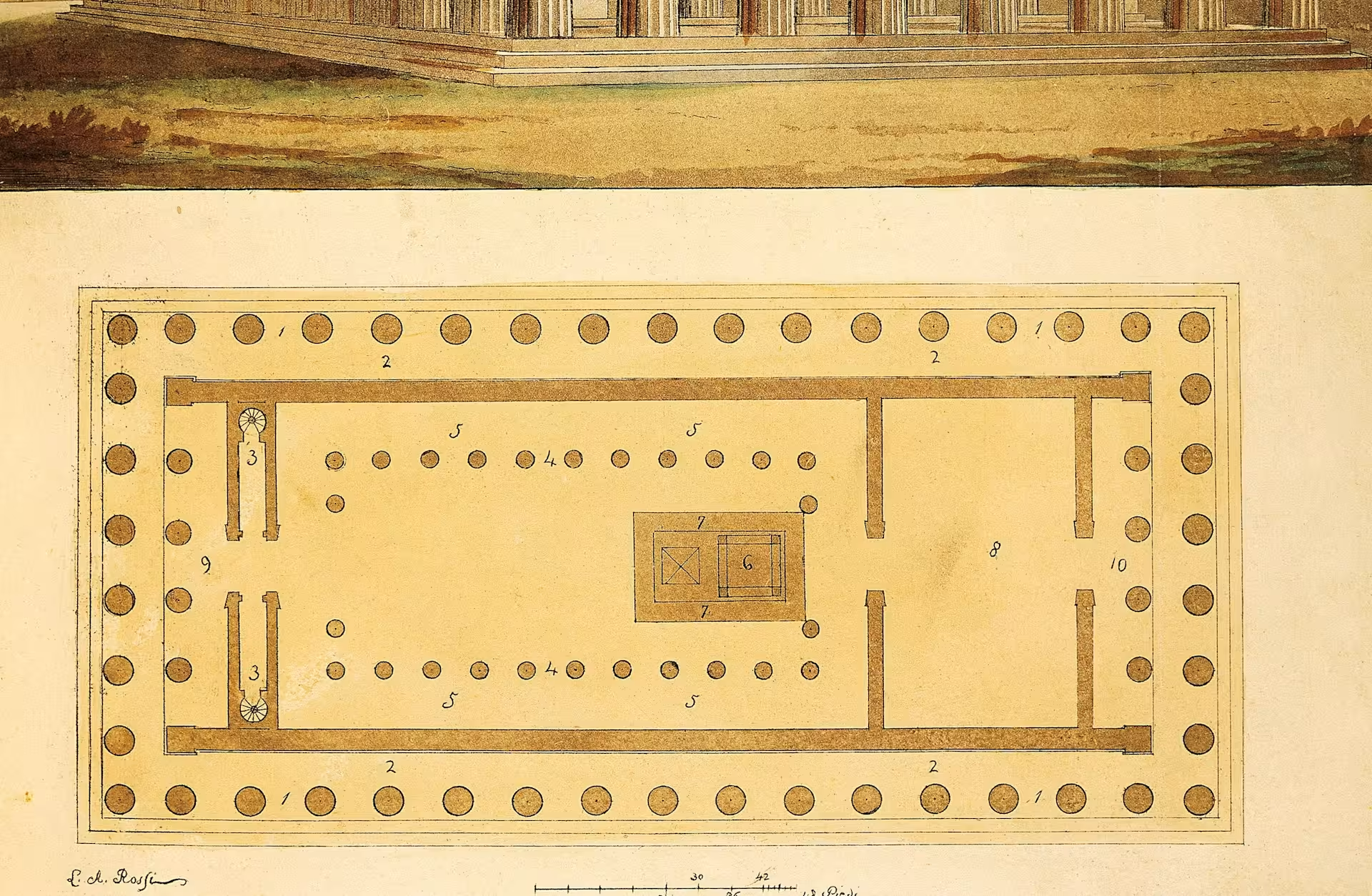Hidden Secrets of the Acropolis - Ancient Greek Engineering and Innovation
Explore the engineering genius of the Acropolis — from anti-seismic design to optical illusions that make its temples appear perfectly symmetrical.

Beneath the beauty of the Acropolis lies a marvel of engineering — ancient precision that continues to defy time, weather, and earthquakes.
⚙️ Seismic Wisdom
The Acropolis temples were built atop flexible foundations of limestone and clay, designed to absorb seismic shock.
Each column drum is precisely cut to interlock, with a central wooden dowel wrapped in lead — allowing the structure to sway subtly without collapsing.
This ancient technique has kept the Parthenon standing through millennia of tremors.
📏 Optical Mastery
The Parthenon’s perfection is an illusion — a triumph of geometry over perception:
- The stylobate curves upward 6 cm at the center.
- Columns lean inward by fractions of a degree.
- Corner columns are thicker to counteract perspective thinning.
To the human eye, these micro-adjustments render absolute symmetry — a masterpiece of perceptual psychology carved in stone.
🔩 Invisible Iron and Marble Precision
No mortar binds the stones. Each block was cut by hand with tolerances under 1 millimeter — smoother than modern concrete joints.
Ancient builders used iron clamps encased in lead to prevent rust and allow for micro-expansion.
“The Parthenon was built not with machines, but with minds.”
🧠 Legacy of Innovation
Modern engineers still study the Acropolis for its seismic resilience, mathematical accuracy, and material science.
It remains not only an artifact but a living textbook of structural genius — a reminder that beauty and strength are born from the same principles.
The Acropolis stands because its builders knew that perfection is never straight — it is alive.

Science Historian
Tags
Comments (0)
Loading comments...